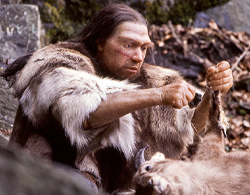A New Perspective on the Neanderthal Spine
Hypermobility
Flexibility in the body is generally regarded as a plus, and most people want more of it. Flexibility is seen to enable a wide range of motion, avoid muscle pulls, and spare wear and tear in overly tight joints. But like most things in life, you can have too much of a good thing. In this blog post we are going to look at why excessive mobility has a downside and how healthy posture can mitigate that.
An exceptional range of motion makes for a very “bendy” looking body. Enter the age-old art of the contortionist, a mainstay of acrobatic troupes, circuses, and fairs, which for centuries have enthralled and appalled audiences in equal measure.
“The most Extraordinary Posture Master.” Wikimedia
En
How to Modify Your Car Seat For a Pain-Free Ride
Most of us spend a good deal of time in our cars, commuting, chauffeuring kids around, doing errands, or if we’re lucky, heading out to an adventure spot. Much of this time is spent being physically uncomfortable, especially if the car was manufactured in the last decade. There seems to be a downward spiral of poor posture and design that reflects poor posture - which in turn worsens posture. How can we break this cycle?
The industry standard for human form reflects the average in society: shoulders forward, S-shaped spine, and forward head. Car seats are designed to fit these features.
A checklist for healthy posture when driving includes:
Shoulders: back and downNeck: elongated and stacked

